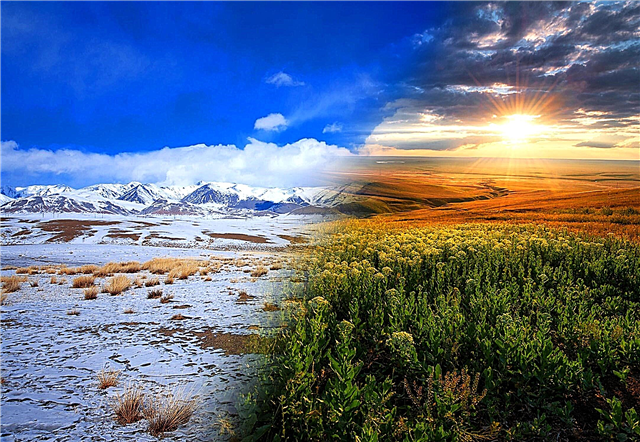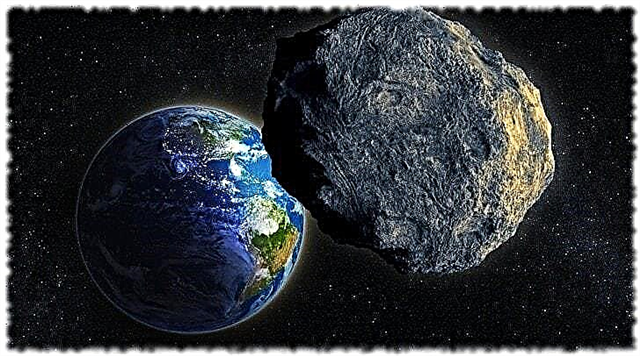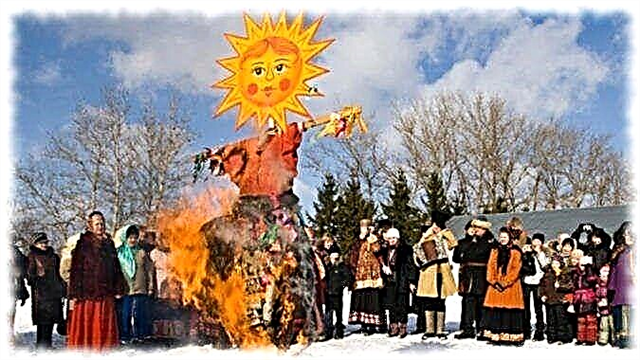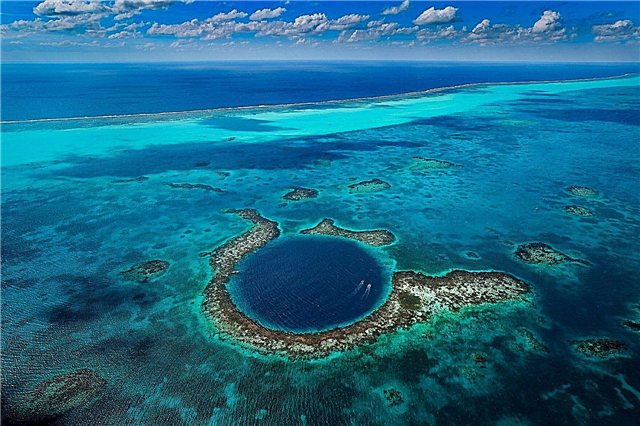
Volcanic activity is present on Earth from the first stages of its formation as a planet. The gases emitted by volcanoes formed the first terrestrial atmosphere, rocks melted in magma foci, forming various compounds, which later became necessary, including for the formation of life. Despite the fact that the modern period of planet development is considered tectonically stable, volcanoes are still present, and for the most part periodically erupt.
What are the largest volcanoes on the planet? It turns out that the largest of them is considered extinct at the moment. This is Ojos del Salado, which is located in the Andes, in the border area between Chile and Argentina. At an altitude of 6893 meters, he did not erupt even once for the observable history of mankind, which allows us to draw conclusions that he has long gone out. Leave it aside, and move on to the study of active volcanoes.
Sangay - 5230 meters

Sangai Volcano is located in the Andes, in their equatorial region, on the eastern side. It has three craters at once, and belongs to the type of stratovolcanoes. According to scientists, this object began to form about 14 thousand years ago, and little is known about its eruptions in the prehistoric period. The first eruption of a fiery mountain actually recorded by people occurs in 1628.In the last century, its activity has increased, the last eruption was recorded in 2007.
Popocatepetl, 5455 meters

Such a name may seem strange, but translated from the local dialect, it sounds like "the hill from which the smoke emanates." This stratovolcano is located in Mexico, close to another - Istaxiuatl, which has long been extinct. The last eruption was recorded in 2011, so Popocatepetl is considered to be valid not without reason. Moreover, it can be considered quite dangerous for people, since the 20 millionth city of Mexico City is located very close to it.
Elbrus, 5642 meters

The highest peak in Russia, Elbrus with its two peaks, also belongs to the category of stratovolcanoes, and is located in the Caucasus Mountains. This mountain is worthy of special consideration, not only because of its Russian "citizenship", but also because of its unpredictability.
On the one hand, the last eruption of Elbrus dates back to about the year 50 C.E. You might think that it has long gone out and can no longer be considered valid. But such conclusions are misleading. The volcano is potentially active, and long periods of silence were relevant for him in the past. So, initially he could not show signs of life for 50 thousand years in a row, then these periods began to be reduced to 3-1.5 thousand years. The freshest traces of the last eruptions date back to a period of 6, then 3, and 1.8 thousand years ago. Therefore, the awakening of Elbrus may well occur in our days.
Interesting fact: Elbrus eruptions are so powerful that traces of its activity are found even along the banks of the Volga in the space between Astrakhan and Akhtubinsk, where a fossil ash layer of Elbrus with a thickness of 70 cm was discovered!
El Misty, 5822 meters

This peak is located in South America, belongs to the Peruvian territory. This is another active and rather dangerous for people volcano, near which the millionth city of Arequipa grew. Volcanic materials ejected during the eruption of El Misti are white. Many buildings in the city were created precisely from them because of their greatest accessibility, therefore the city is sometimes called Bely.
Kilimanjaro, 5895 meters
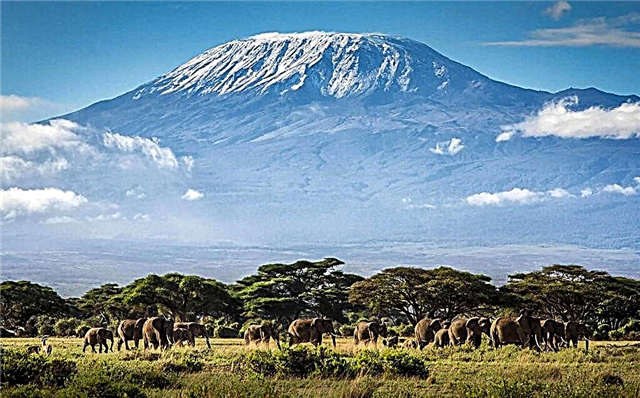
Africa is a very tectonic place. But there are large and active volcanoes here - the largest of them is Kilimanjaro, which is also recognized as the highest mountain in Africa. This volcano also raises certain concerns regarding the possibility of an eruption in the coming years, since in 2003, researchers discovered the fact that liquid lava was located 400 meters from the main peak.
Cotopaxi, 5911 meters

The South American volcano Cotopaxi is located in the Cordilleras in Ecuador. The giant crater is huge, with a depth of 450 meters, it has dimensions of 550 by 800 meters. He erupts quite often - so, since 1738, people noted about 50 such cases. But the last time a paw flowed from it in 1940, and since then activity has not yet been detected.
San Pedro - 6145 meters

San Pedro is located in Chile, it is located on the border with the Atacama Desert, and is a stratovolcano. Not far from it there is another volcano, smaller in size, Sero-Parini. San Pedro stands out in an amazing way from the Andes mountains, the border is a very large saddle.The last manifestation of activity by this peak dates back to 1960.
The largest volcano in the world

The highest volcano in the world is Ljulyayljako - 6739 meters. The world's largest active volcano is in the Andes, where Argentina borders Chile. The volcano is known not only as a geographical object, but also as an archaeological monument, since it was in its caves that several Inca mummies were found. This peak was formed during the Pleistocene, among its features are eruptions, accompanied by explosions. The last time lava left his vent in 1877.
Thus, the largest volcanoes on the planet begin with a mark of 5 thousand meters, and some of them exceed 6 thousand. It is worth remembering that the height of the fire-breathing mountains can change with each new eruption, in this regard they are extremely dynamic. Explosions can destroy part of the cone, and the size of the object will decrease, or new layers of solidified lava can increase it, adding height. The face of the planet is constantly changing, and volcanoes are also volatile.



